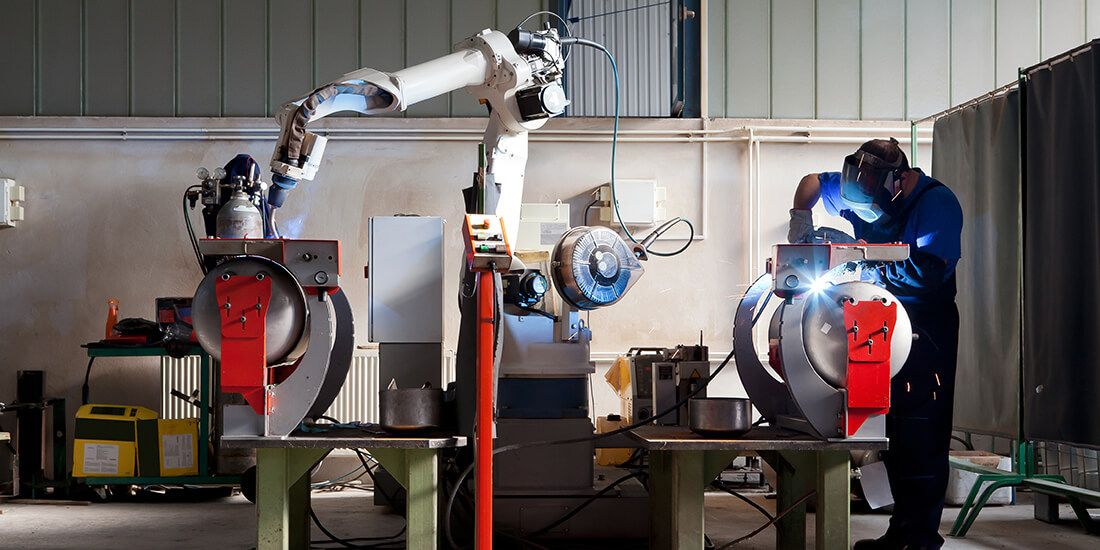Google is launching a new service for scientists, journalists, and anyone else looking to track down data online. It’s called Dataset Search, and it will hopefully unify the fragmented world of open data repositories.


The Volvo 360c fully autonomous, all-electric concept car is a conversation starter. It envisions the replacement of short-haul flights with luxuriously comfortable car travel, while also proposing ideas for a more efficient work commute.



To complete our international analog astronaut corps we are seeking for six volunteers between 25 and 45 years.
🖋️ http://classof2019.oewf.org
#classof2019 #WednesdayMotivation


An interview with Methuselah Foundation’s founder David Gobel.
David Gobel is an inventor, philanthropist, futurist, and passionate rejuvenation advocate and supporter; he’s known for co-founding Methuselah Foundation with Dr. Aubrey de Grey and for proposing the intriguing concept of “longevity escape velocity”, but his achievements and successes extend far beyond that. David has kindly granted LEAF a most interesting and detailed interview.
If you’re not familiar with the Methuselah Foundation, it is possibly the oldest organization active in the field of rejuvenation advocacy and support; it also works as an incubator for startups working in rejuvenation research and has helped kickstart many of the projects we talk so much about on our website. If you like, you can find more information on Methuselah Foundation in our older article.
We hope you enjoy Dave’s replies as much as we did!

More than a quarter (1.4 billion) of the world’s adult population were insufficiently active in 2016, putting them at greater risk of cardiovascular disease, type 2 diabetes, dementia, and some cancers, according to the first study to estimate global physical activity trends over time. The study was undertaken by researchers from the World Health Organization (WHO) and published in The Lancet Global Health journal.
Together, these estimates demonstrate that there has been little progress in improving physical activity levels between 2001 and 2016. The data show that if current trends continue, the 2025 global activity target of a 10% relative reduction in insufficient physical activity will not be met.
“Unlike other major global health risks, levels of insufficient physical activity are not falling worldwide, on average, and over a quarter of all adults are not reaching the recommended levels of physical activity for good health,” warns the study’s lead author, Dr. Regina Guthold of the WHO, Switzerland.

New research confronts the elephant in the room—the ‘trilemma’ of population growth, economic growth and environmental sustainability—and reveals the vast incompatibility of current models of economic development with environmental sustainability.
Using data collected from across the globe, national economies and natural resource use were closely examined by an international team of scientists using a mathematical model.
The results suggest that as long as our economic system retains its current structure, and if population growth continues, both high- and low-income countries will fail to achieve environmental sustainability.

Science is advancing rapidly, and the field of aging research is no exception. Our understanding of aging has grown a great deal in the last decade, and we are now reaching the point at which the first therapies that target aging are starting to arrive. Unlike the snake oil of previous years, some of these might actually work; today, we are going to have a look at NAD+ repletion, one such promising therapy.
In the near term, nicotinamide adenine dinucleotide (NAD+) is showing potential for addressing some of the aging processes. NAD+ levels decline significantly during aging in both humans and animals, and studies on old mice have shown that restoring NAD+ levels causes them to look and act like younger mice while increasing their lifespan.